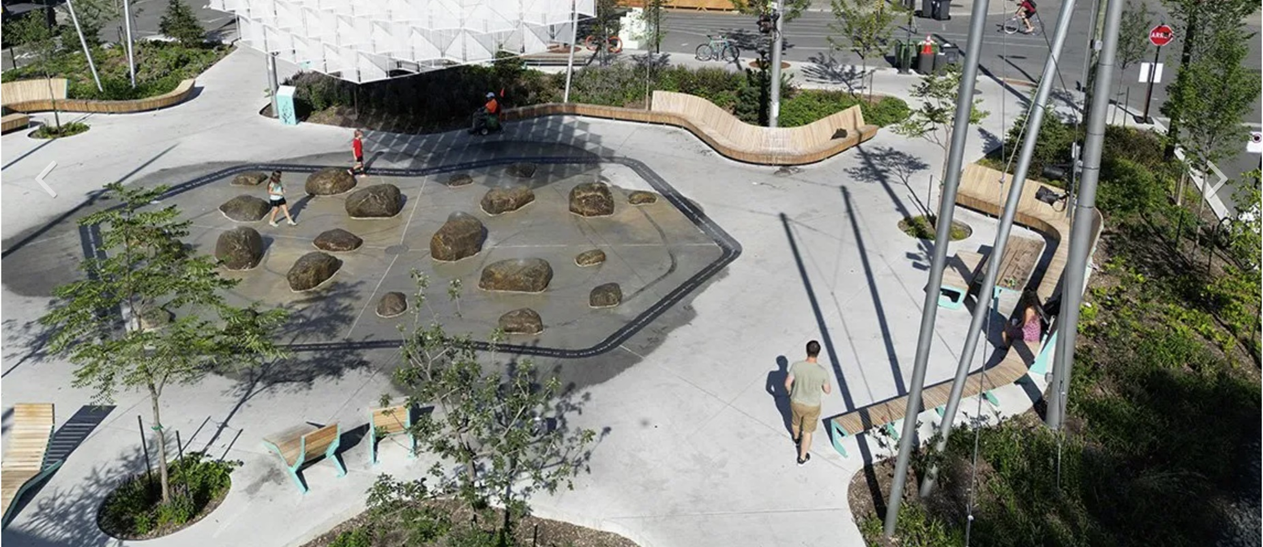17 Stormwater management and climate change
Extreme rainfall will be strongly affected by climate change (see Fact Sheet 3 for a definition of extreme rainfall). Considering that many hydraulic structures that are currently in place were sized in keeping with historical extreme rainfall, a change in the intensity and frequency of rainfall will have major consequences, particularly for stormwater management in urban areas.
Although the amplitude of the projected variations remains uncertain and depends on the climate model, there is consensus that there is a signal indicating more intense extreme rainfall (Bush, E. and Lemmen, D.S. 2019). This intensification will likely be more serious the shorter and more extreme the rain event is. We will see an increase in the frequency and intensity of extreme rainfall, as well as the occurrence of unprecedented rainfall events. The capacity of existing structures will be exceeded more often and will lead to major consequences. Several rain events that have hit urban areas in recent years are an illustration of this.
It’s essential to take measures to reduce the risk associated with this type of hazard in urban environments [Ouranos and MELCCFP (2024); melccfp2024-eau]. These may include: (1) converting impermeable surfaces into permeable ones (e.g. permeable paving); (2) redirecting runoff from impermeable surfaces to facilities for infiltration or temporary storage (e.g. green infrastructure); and (3) reviewing the design criteria of certain structures such as sewage systems, basins and culverts in order to increase their capacity. However, these measures must be implemented on a large scale to be effective, which can only be done as rehabilitation work is carried out on the systems and urban areas. They will improve resilience in the case of low or moderate intensity rainfall, but their effectiveness will be limited in the face of extreme rainfall that saturates the soil, causes water accumulation and system backups, and floods certain areas.
Other measures should be considered for the most extreme rainfall. It’s also important to consider what will happen when the capacity of the structures is exceeded and to look at the routes that this excess water will follow in order to take the right actions to deal with these exceptional situations. One example is to make use of strategically placed public spaces where this excess water can be directed and temporarily stored. From there, the water can then be infiltrated or redirected to the system. A multifunctional floodable square known as a “water square” like Place des Fleurs de Macadam in Montréal is an example of this (Figure 17.1). It is a floodable public space that collects runoff water during major rainfall events. In the absence of precipitation, it’s accessible to the public.
